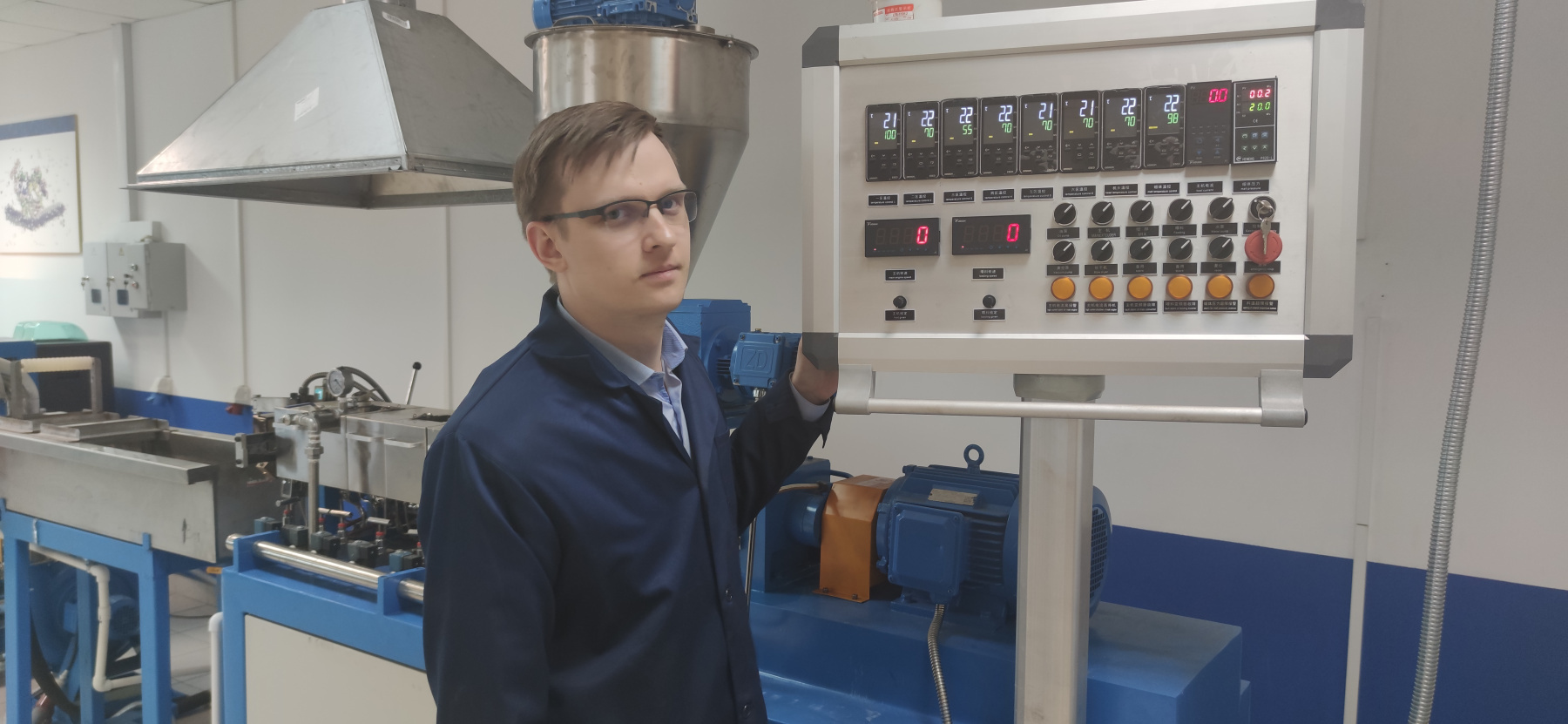The cost of such feedstocks does not exceed that of imported counterparts, and the properties of products composed with them actually exceed the properties of products made directly from alloys. The Tomsk State University scientists described the technology in articles published in Metals (Q1), Powder Technology (Q1), and other research periodicals.
The PIM (powder injection molding) technology, which is the production of components from powders by means of pressure casting, is one of the most widespread approaches to creating components used in various industrial sectors. It includes the MIM (metal injection molding) technology, the pressure casting of powdered metals and alloys, and the CIM (ceramic injection molding) technology, the pressure casting of ceramic powders.
PIM technology is a simple, inexpensive, and therefore the most popular method of manufacturing plastic products: large batches of high-precision products can be obtained at low cost, says one of the developers behind the technology, Maksim Krinitsyn, staff member of the Department of Innovative Programs and Scientific Projects of TSU. However, only 2-3 companies worldwide focus on combining polymers and metals for the creation of feedstocks. Since 2021, TSU scientists have been developing their own technology for the production of feedstock using metal and ceramic powders. The research crew plans to expand the range of feedstocks and introduce new compositions that have no counterparts around the world.

"This is a more complex technology with additional stages. We add particles of various metals, ceramics, and their mixtures or composites so that in the end we get not a polymeric product, but rather a metallic one," the researcher explains. "The German company BASF has the world monopoly in the production of feedstocks. Its Catamold feedstock covered almost all demand in Russia - most polymer products had it in their composition, but recently the company stopped the supply. Our materials can replace it, and the end product will not be inferior to the foreign-made analogs. Additionally, feedstocks can be used not only for pressure casting, but also, for example, in 3D printing."
Tomsk scientists have described the features of the TSU-developed technology and feedstock-created products in over 10 articles in scientific journals with Q1 and Q2 citation indexes. The latest publication, "Powder Injection Molding of Ti-Al-W Nano/Micro Bimodal Powders: Structure, Phase Composition and Oxidation Kinetics", was published in the periodical Metals (Q1) and showcases products made of feedstock composed of titanium aluminide powder with the addition of wolfram.
"This is a bimodal powder with nano- and microparticles," says Maksim Krinitsyn. "We established that the size of powder particles influences powder's resistance to oxidation and determined the optimal particle size that provides the best set of properties. As a result, the multicomponent powder provides an alloy that gives the end product better properties compared to ones found in compounds with less complex alloys. Additionally, the phase content in a product created with feedstock can be controlled because of the ability to vary sintering modes."
The author behind the technology is Marat Lerner, the chief research fellow of the TSU Laboratory of Nanotech Metallurgy. Over 10 fellows of the TSU Laboratory of Nanotech Metallurgy and Laboratory of High Energy and Specialized Materials are involved in the project This technology is being developed as a part of Russian Science Foundation and Priority 2030 projects.
*Feedstock is a granular material, a mixture of finely dispersed metallic or ceramic powders with a polymer binder.






